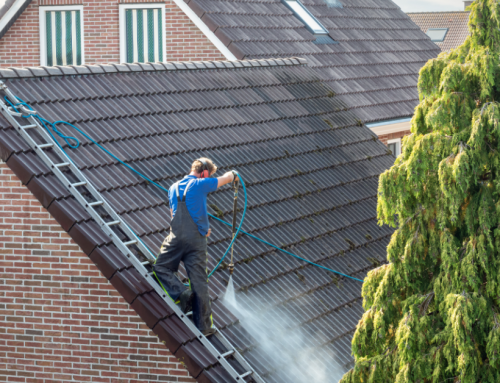Don’t let all the different roofing options available go over your head.
Don’t put off thinking about a new roof until it’s too late and there’s water dripping into the living room. With so many roofing options available, it can be easy to feel like you’re in over your head and overwhelmed with choice.
If it might be time for a new roof soon, first think about what’s most important to you — price, aesthetics, longevity, homeowner association rules — and go from there.
Thinking about a new roof? Our highly rated roof installation and replacement service can help!
1. What are the roofing material options?
- Wood shingles and shakes are beautiful, but they’re expensive to install and require maintenance.
- Slate is costly, heavy (many homes can’t handle the weight) and expensive to install. On the upside, a slate roof will last a very long time.
- Engineered slate is a slate alternative made from recycled rubber and plastic; it weighs less and costs less to install.
- Metal roofs are inexpensive and long lasting, but might not fit with your home style or the neighborhood aesthetic.
- Asphalt shingles are the best bang for your buck, and it’s likely that’s what’s already on your home — more than 80 percent of U.S. homes are topped with asphalt shingles.
2. What kinds of asphalt shingles are there?
Not all asphalt shingles are alike. Your first decision is whether you want the three-tab shingle — an entry-level, builder-grade shingle installed in flat rows — or architectural shingles, which are more sophisticated, slightly thicker and installed in layers to create texture and depth.
3. What color roofing is available?
Options come in a variety of roofing colors, from Oxford Gray to Spanish Red. You’ll want to consider the temperature when choosing. In a cooler climate, you want a darker color, as darker colors attract and retain heat.
4. What else should I consider when shopping around for a new roof?
When you decide to get a new roof, remember that your roof is more than shingles. We do whatever is necessary and inspect for rot and damage, replacing decking, installing an ice and water barrier in the valleys and edges and installing synthetic underlayment. Our installers will inspect openings like skylights and chimneys and re-flash them, replace ventilation pipes and make sure your attic is properly ventilated.
Keep all of this in mind when you’re looking for a new roof to keep over your head.


